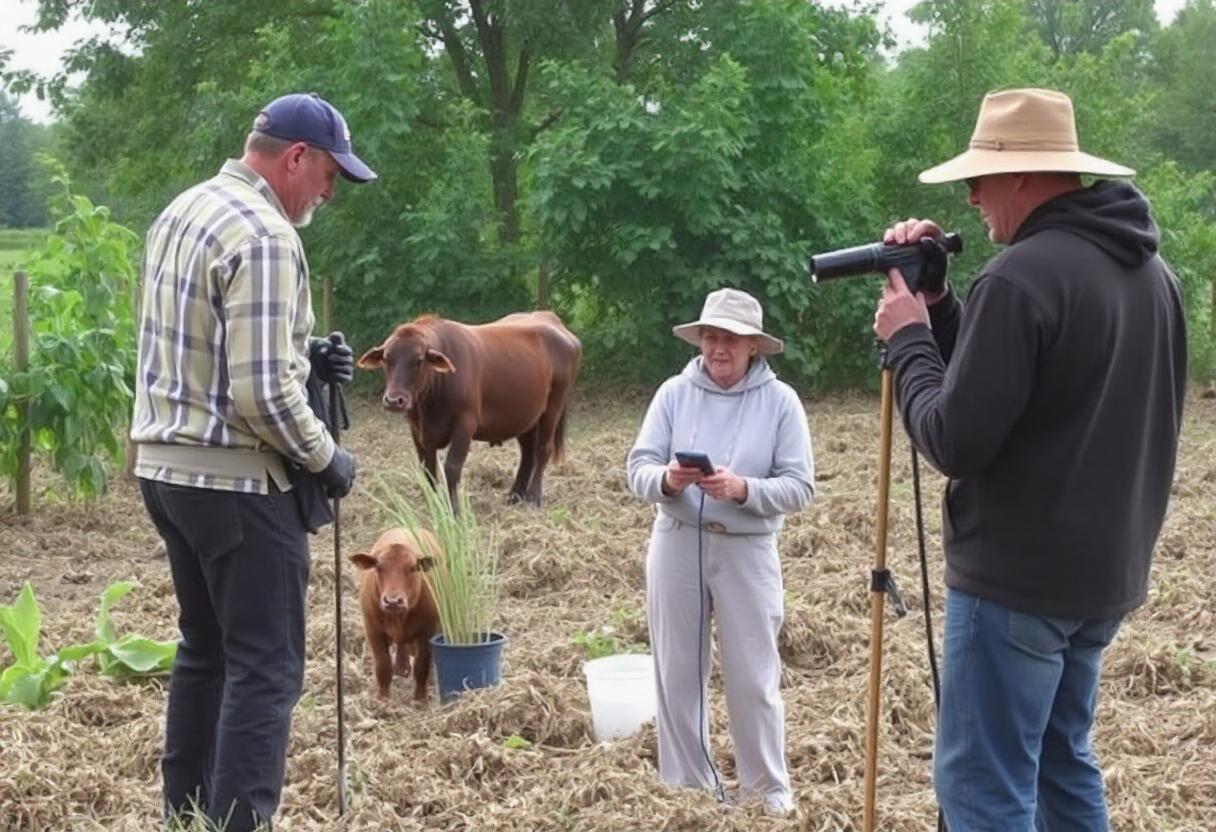
Agriculture has always been a vital sector, but with advancements in technology, its practices and education are rapidly evolving. One of the significant trends in modern farming is the use of agricultural videos as a tool for learning, innovation, and outreach.
Benefits of Agriculture Videos for Farmers
Agriculture videos offer farmers visual insights into new farming methods, tools, and equipment. Farmers can easily grasp complex concepts by watching demonstrations of the latest technologies and techniques. This helps them improve productivity and reduce trial-and-error methods that could otherwise lead to wasted resources.
Training and Skill Development Through Videos
One of the most significant impacts of agriculture videos is on skill development. Farmers can access step-by-step video tutorials on a variety of subjects, such as organic farming, irrigation techniques, pest management, and crop rotation. These videos often feature real-life scenarios and expert advice, making them practical and easy to follow.
Increasing Adoption of Digital Platforms in Rural Areas
The spread of mobile phones and internet connectivity in rural areas has made it easier for farmers to access agriculture-related videos. Platforms like YouTube, WhatsApp, and regional video streaming sites have become go-to sources of information for farmers looking to enhance their knowledge. In regions where literacy rates are lower, these videos provide an alternative way to learn without the need for reading materials.
Use of Local Languages in Agriculture Videos
One of the main reasons agriculture videos are gaining popularity is the use of local languages. Many videos are produced in regional dialects, making them more accessible and understandable to farmers who may not speak English or other widely spoken languages. This localization ensures that the knowledge is shared effectively and reaches a broader audience.
Collaboration Between Farmers and Content Creators
Many agricultural content creators collaborate with experienced farmers to produce videos that showcase real farming challenges and solutions. These partnerships help ensure that the content is relevant and grounded in practical experiences. Additionally, farmers themselves are becoming content creators, sharing their knowledge and innovative practices with others.
Government and NGO Initiatives to Promote Agriculture Videos
Various governments and non-governmental organizations (NGOs) are recognizing the power of video content and are actively promoting the creation and distribution of agricultural videos. Many government-run agriculture extension programs now include video-based training as part of their outreach efforts. These initiatives aim to make crucial information more accessible, especially in remote or underserved areas.
Live Streaming and Real-Time Problem Solving
Live streaming has also become an essential feature in agriculture videos. Farmers can now participate in live Q&A sessions with experts, where they can discuss challenges in real-time and receive instant solutions. This interactive element has transformed passive learning into active engagement, further helping farmers to address problems as they arise.
Cost-Effectiveness of Agriculture Videos
Another significant advantage of agriculture videos is their cost-effectiveness. Unlike traditional classroom-based training or on-field demonstrations, videos can be produced and shared at a fraction of the cost. Farmers can access these resources for free or at a minimal cost, making them an affordable option for skill enhancement and knowledge acquisition.
Use of Drones and Advanced Technologies in Agriculture Videos
With the rise of drones, sensors, and AI, agriculture videos are becoming more advanced and informative. Videos now show how drones can be used for crop monitoring, pesticide spraying, and even planting. The use of modern technology in these videos inspires farmers to adopt new tools and methods that can make their farming practices more efficient and sustainable.
Challenges in Creating and Distributing Agriculture Videos
While agriculture videos offer numerous benefits, there are challenges in their creation and distribution. One of the key issues is the quality of internet connectivity in rural areas, which can limit access to high-definition video content. Additionally, producing videos that cater to diverse farming needs across different regions can be resource-intensive. Ensuring the accuracy and relevance of the information presented is also critical to maintaining the trust of the farming community.